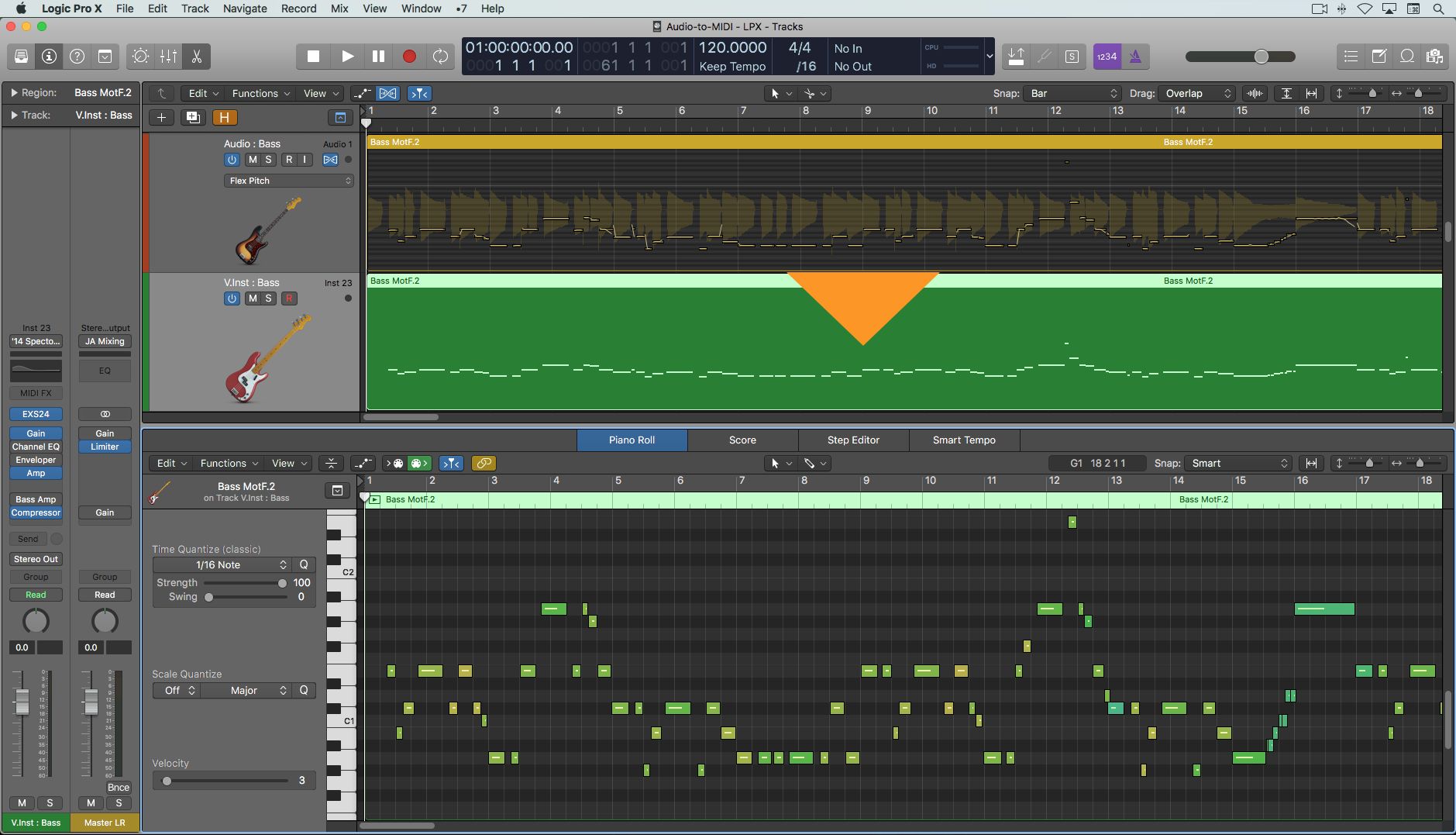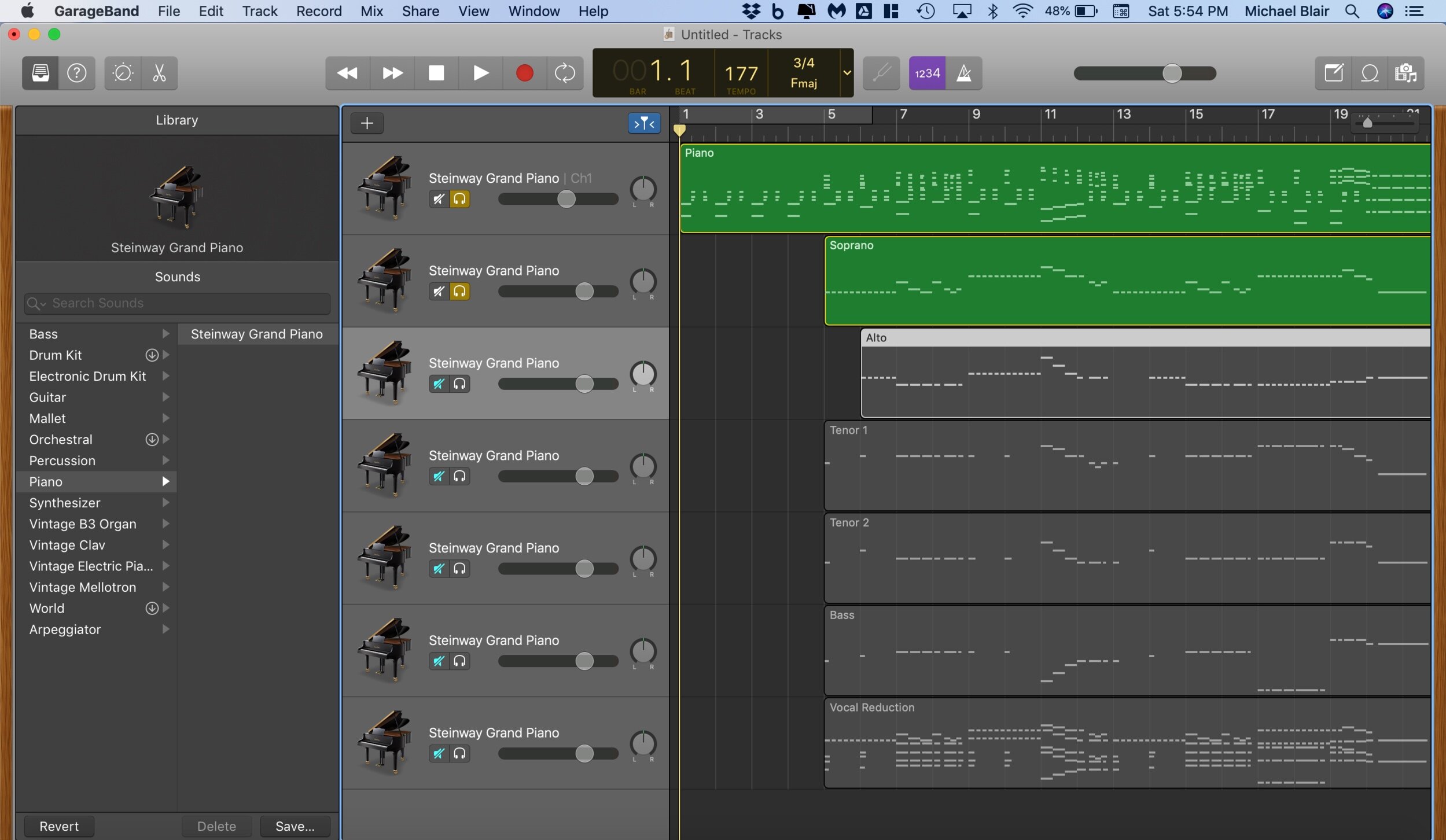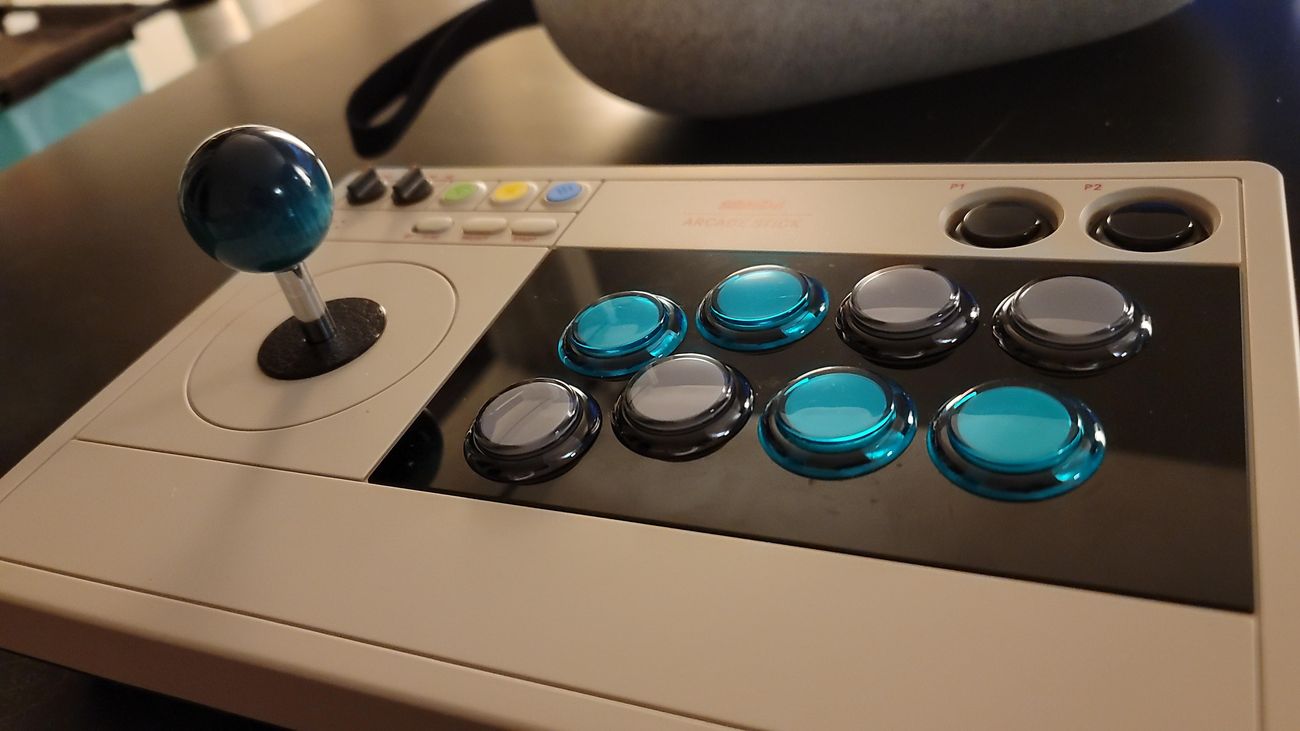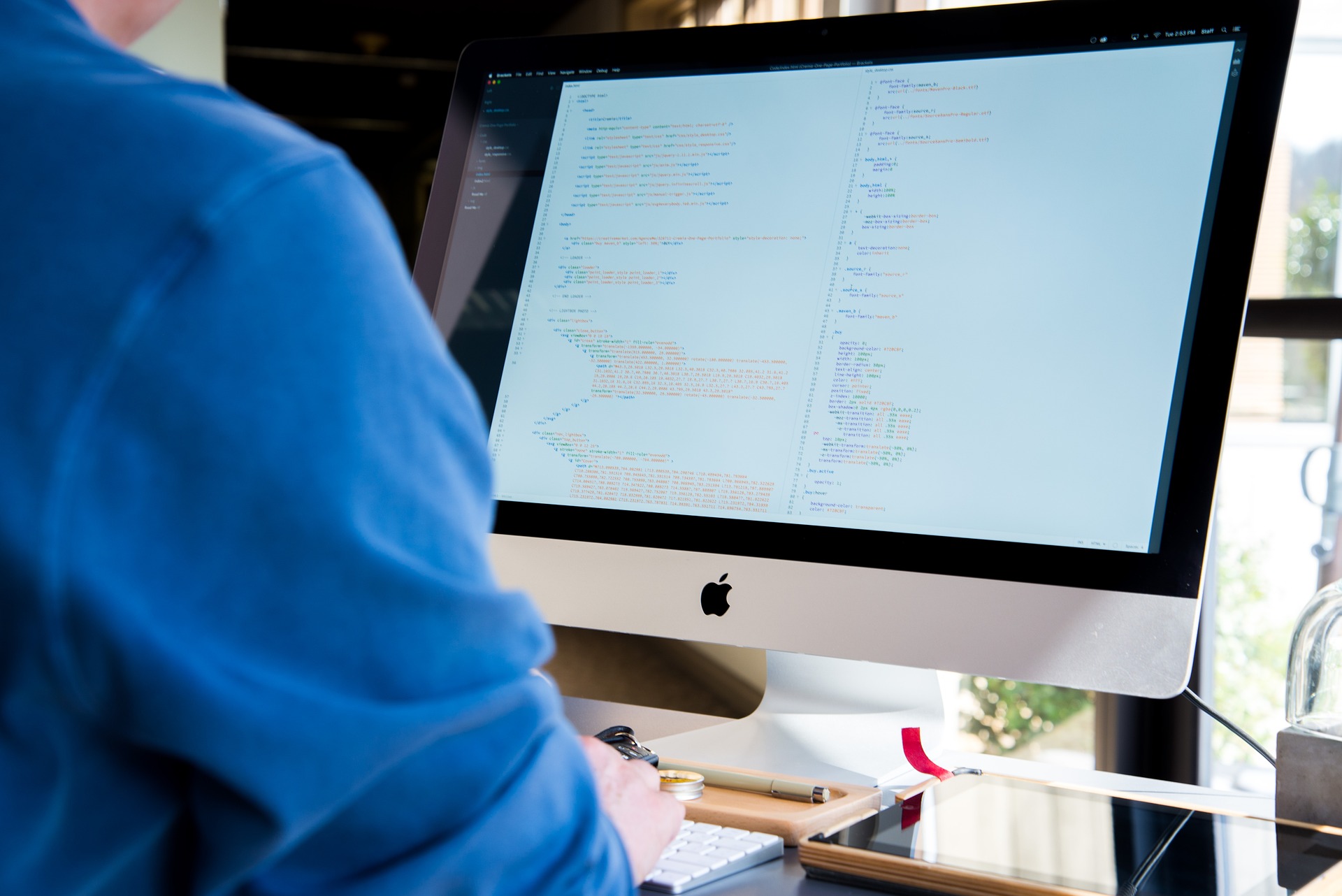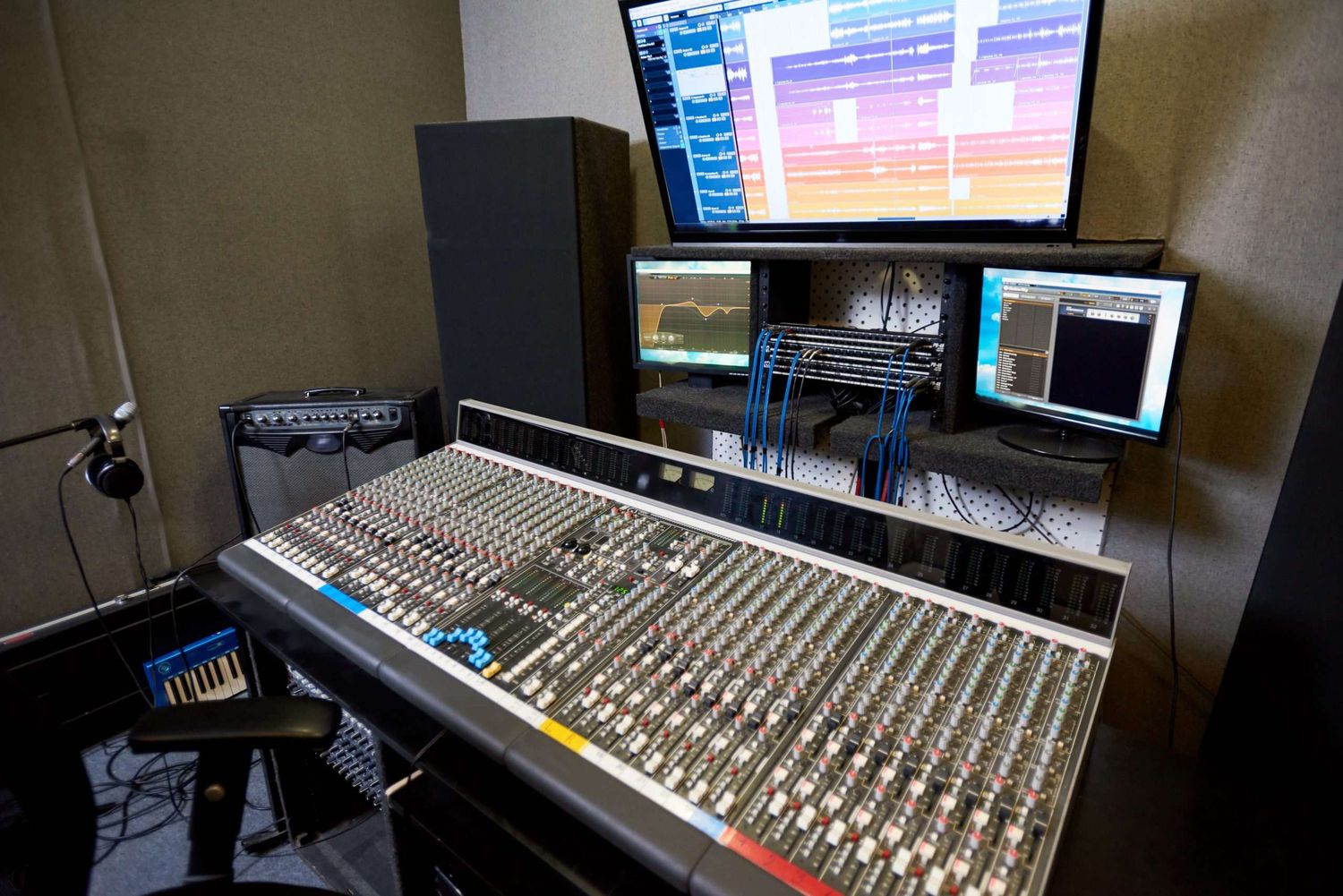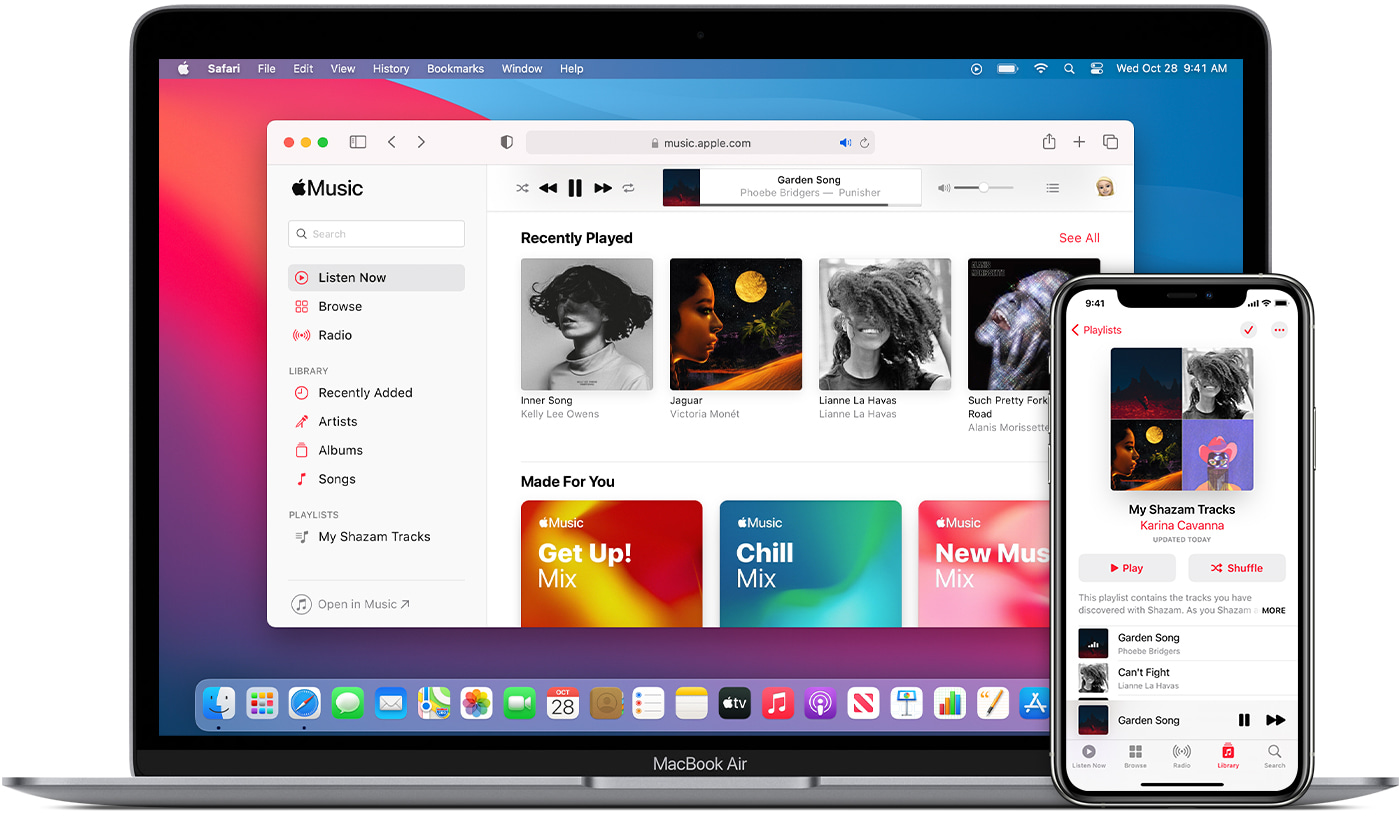Home>Production & Technology>MIDI>How To Convert MIDI Into WAV
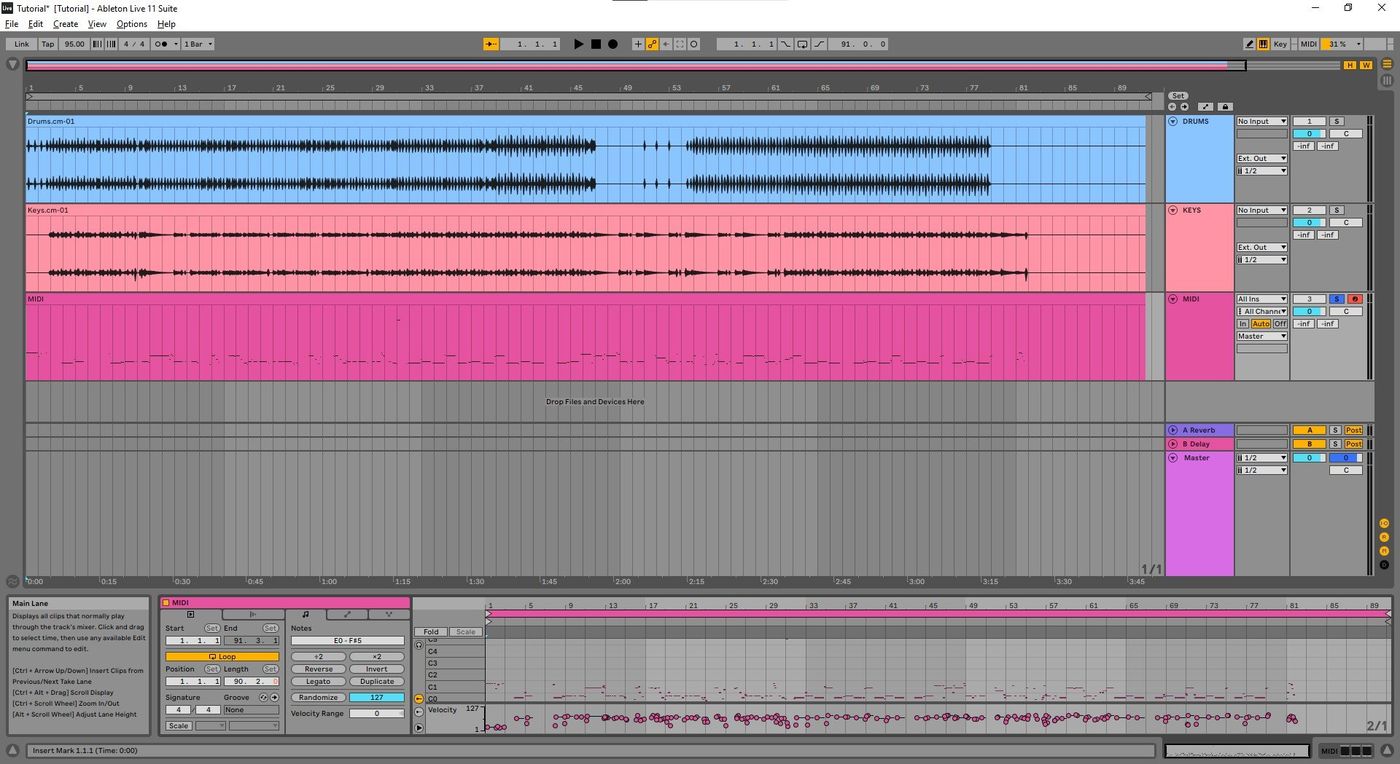

MIDI
How To Convert MIDI Into WAV
Modified: February 22, 2024
Learn how to convert MIDI files into high-quality WAV audio easily. Follow our step-by-step guide to convert MIDI to WAV and enjoy your music.
(Many of the links in this article redirect to a specific reviewed product. Your purchase of these products through affiliate links helps to generate commission for AudioLover.com, at no extra cost. Learn more)
Table of Contents
Introduction
MIDI (Musical Instrument Digital Interface) and WAV (Waveform Audio File Format) are two widely used audio file formats that serve distinct purposes in the realm of digital music. While MIDI files contain instructions for musical events, such as notes, pitch, and duration, WAV files store actual audio data in a high-quality, uncompressed format. Understanding the differences between these formats and the process of converting MIDI to WAV is essential for anyone working with digital audio.
Converting MIDI files to WAV allows for the transformation of musical notation into audible sound, making it possible to listen to the compositions created in MIDI format. This conversion opens up a world of possibilities, enabling musicians, producers, and enthusiasts to bring their musical ideas to life in a tangible and accessible format. Whether it's turning a MIDI composition into a high-fidelity audio track for distribution or simply enjoying the playback of MIDI-based music, the ability to convert MIDI to WAV is a valuable skill for anyone involved in music production and digital audio manipulation.
In this article, we will explore the methods and tools available for converting MIDI files to WAV format. From online converters to dedicated MIDI software and powerful Digital Audio Workstations (DAWs), there are various approaches to accomplish this task. By understanding the strengths and limitations of each method, you can choose the most suitable approach based on your specific needs and technical proficiency.
Let's delve into the intricacies of MIDI and WAV files, unravel the process of converting MIDI to WAV, and discover the diverse tools and techniques that empower musicians and audio enthusiasts to bridge the gap between musical notation and immersive audio experiences.
Understanding MIDI and WAV
MIDI (Musical Instrument Digital Interface) and WAV (Waveform Audio File Format) are fundamental components of digital audio technology, each serving distinct purposes in the realm of music composition, production, and playback. Understanding the characteristics and functionalities of these file formats is crucial for anyone working with digital audio.
MIDI: A Language of Musical Instructions
MIDI files are a form of musical notation, containing a series of instructions that govern musical events. These instructions encompass a wide range of parameters, including note pitch, duration, velocity, modulation, and control changes. Unlike audio recordings, MIDI files do not contain actual sound data; instead, they serve as a blueprint for musical performances. This makes MIDI files lightweight and versatile, allowing for easy manipulation and editing of musical elements.
WAV: The Digital Audio Canvas
In contrast, WAV files are containers for digital audio data, storing actual sound recordings in a high-fidelity, uncompressed format. WAV files capture the sonic essence of musical performances, voice recordings, and sound effects with remarkable clarity and detail. As a widely supported audio format, WAV files are favored for their ability to preserve the nuances of musical expression and the sonic characteristics of diverse instruments and voices.
Contrasting Features
The differences between MIDI and WAV files extend beyond their content. While MIDI files are compact and editable, WAV files are larger and represent finalized audio recordings. MIDI files are platform-independent and can be easily manipulated to modify musical arrangements and performances, whereas WAV files preserve audio data in its purest form, making them suitable for high-quality playback and distribution.
Complementary Roles
In music production, MIDI and WAV files complement each other, each serving a unique purpose in the creative process. MIDI files enable composers and producers to craft musical compositions, experiment with arrangements, and control virtual instruments with precision. On the other hand, WAV files capture the essence of live performances, acoustic instruments, and vocal expressions, providing a tangible representation of musical ideas.
Bridging the Divide
The synergy between MIDI and WAV files is evident in the process of converting MIDI to WAV. By transforming MIDI-based musical instructions into tangible audio recordings, this conversion bridges the gap between musical notation and audible sound, allowing composers, producers, and enthusiasts to experience the full sonic potential of their creations.
By grasping the distinct characteristics and roles of MIDI and WAV files, individuals can gain a deeper appreciation for the intricacies of digital audio technology and harness the creative power inherent in these versatile file formats.
Methods for Converting MIDI to WAV
Converting MIDI files to WAV format can be achieved through various methods, each offering unique advantages and considerations. Whether you prefer the convenience of online converters, the flexibility of MIDI software, or the advanced capabilities of Digital Audio Workstations (DAWs), there are diverse approaches to accomplish this transformation. Let's explore these methods in detail:
Using Online Converters
Online converters provide a straightforward and accessible means of converting MIDI files to WAV without the need for specialized software. These web-based tools allow users to upload MIDI files and receive downloadable WAV conversions within moments. While online converters offer convenience and simplicity, it's important to consider the limitations of this method, such as file size restrictions and potential privacy concerns when uploading sensitive musical content to third-party platforms.
Using MIDI Software
Dedicated MIDI software, such as digital audio workstations, MIDI sequencers, and music notation programs, often includes built-in functionality for converting MIDI to WAV. These versatile tools empower users to manipulate MIDI data, apply virtual instruments and effects, and export compositions as high-quality WAV files. By leveraging MIDI software, musicians and producers can exercise precise control over the conversion process, tailoring the audio output to suit their artistic vision.
Using DAWs (Digital Audio Workstations)
DAWs stand as powerful hubs for music production, offering comprehensive features for recording, editing, mixing, and mastering audio. When it comes to converting MIDI to WAV within a professional production environment, DAWs excel in delivering pristine audio quality and extensive customization options. Through the integration of virtual instruments, audio effects, and multitrack recording capabilities, DAWs enable users to elevate MIDI compositions into rich, immersive WAV recordings with unparalleled depth and expression.
By understanding the distinct advantages and considerations associated with these methods, individuals can select the most suitable approach based on their technical proficiency, artistic requirements, and workflow preferences. Whether opting for the convenience of online converters, the flexibility of MIDI software, or the advanced capabilities of DAWs, the process of converting MIDI to WAV presents a gateway to unlock the sonic potential of musical compositions and bring them to life in a tangible and captivating audio format.
Using Online Converters
Online converters offer a convenient and accessible method for transforming MIDI files into WAV format, catering to users who prefer a streamlined, web-based approach to file conversion. These web-based tools provide a user-friendly interface where individuals can effortlessly upload their MIDI files and receive downloadable WAV conversions within moments. The simplicity and accessibility of online converters make them an attractive option for those seeking a quick and hassle-free solution to convert MIDI files to high-quality audio recordings.
One of the notable advantages of using online converters is the elimination of the need for specialized software or technical expertise. This accessibility ensures that individuals, regardless of their level of proficiency in music production or digital audio manipulation, can effortlessly navigate the conversion process. By simply uploading a MIDI file to the online converter and initiating the conversion, users can obtain WAV files ready for playback, distribution, or further processing.
Furthermore, online converters often support a wide range of MIDI file types, ensuring compatibility with various musical compositions and arrangements. Whether the MIDI file contains intricate piano melodies, dynamic drum patterns, or expressive orchestral arrangements, online converters can effectively translate these musical instructions into high-fidelity WAV recordings, preserving the nuances and intricacies of the original compositions.
While online converters offer undeniable convenience, it's essential to consider potential limitations associated with this method. File size restrictions may pose challenges when dealing with large or lengthy MIDI compositions, as some online platforms impose limitations on the size of files that can be uploaded for conversion. Additionally, privacy concerns may arise when uploading sensitive musical content to third-party websites, prompting users to exercise caution and evaluate the security measures implemented by online converter services.
In summary, online converters present a user-friendly and efficient avenue for converting MIDI files to WAV, catering to individuals seeking a straightforward and accessible solution for audio file conversion. By leveraging the convenience of online converters, users can swiftly transform MIDI-based musical compositions into immersive WAV recordings, expanding the accessibility and playback capabilities of their creative works.
Using MIDI Software
Dedicated MIDI software serves as a versatile and powerful tool for converting MIDI files to WAV format, offering a comprehensive array of features tailored to the precise manipulation and transformation of musical compositions. This category encompasses a diverse range of applications, including digital audio workstations (DAWs), MIDI sequencers, and music notation programs, each equipped with capabilities designed to facilitate the seamless conversion of MIDI data into high-quality audio recordings.
One of the primary advantages of using MIDI software for MIDI to WAV conversion lies in the extensive control and customization options available to users. These software solutions empower musicians, composers, and producers to manipulate MIDI data with precision, apply virtual instruments and effects, and fine-tune various parameters to achieve the desired audio output. By leveraging the intuitive interfaces and advanced functionalities of MIDI software, users can tailor the conversion process to align with their artistic vision, ensuring that the resulting WAV files faithfully capture the essence and expressive nuances of the original MIDI compositions.
Furthermore, MIDI software often supports a wide range of audio export options, allowing users to specify the desired audio format, bit depth, sample rate, and other essential parameters to optimize the quality and compatibility of the resulting WAV files. This flexibility ensures that the converted audio recordings uphold the highest standards of fidelity and sonic integrity, making them suitable for professional playback, distribution, and further post-production processing.
In addition to conversion capabilities, MIDI software facilitates seamless integration with virtual instruments, enabling users to enrich their MIDI compositions with lifelike instrument sounds and expressive performances. By harnessing the vast libraries of virtual instruments and sound libraries available within MIDI software, composers and producers can elevate their MIDI arrangements into captivating WAV recordings, imbuing them with depth, character, and sonic richness.
The versatility and precision offered by MIDI software make it an indispensable asset for individuals seeking a comprehensive and customizable approach to MIDI to WAV conversion. Whether working on intricate musical arrangements, complex orchestrations, or dynamic electronic compositions, MIDI software empowers users to unlock the full potential of their MIDI-based creations, transforming them into immersive audio experiences that resonate with clarity, emotion, and sonic fidelity.
Using DAWs (Digital Audio Workstations)
Digital Audio Workstations (DAWs) stand as powerful and comprehensive platforms for music production, offering an extensive array of tools and features tailored to the recording, editing, mixing, and mastering of audio. When it comes to converting MIDI to WAV within a professional production environment, DAWs excel in delivering pristine audio quality and providing unparalleled customization options.
One of the key advantages of using DAWs for MIDI to WAV conversion lies in their ability to preserve the sonic integrity and expressive nuances of MIDI compositions. DAWs offer advanced audio rendering capabilities, ensuring that the converted WAV files faithfully capture the essence of the original MIDI arrangements. Through high-quality sample rate conversion, precise audio mixing, and sophisticated signal processing, DAWs elevate MIDI compositions into rich, immersive WAV recordings that resonate with clarity, depth, and sonic fidelity.
Furthermore, DAWs provide seamless integration with virtual instruments, enabling users to enhance MIDI compositions with lifelike instrument sounds and dynamic performances. By leveraging the extensive libraries of virtual instruments and sound libraries available within DAWs, composers and producers can infuse their MIDI arrangements with authentic instrument timbres, expressive articulations, and nuanced musical textures, resulting in WAV recordings that exude realism and sonic richness.
In addition to audio conversion capabilities, DAWs empower users to apply a wide range of audio effects and processing techniques to refine the sonic characteristics of MIDI-based compositions. From dynamic equalization and spatial imaging to reverberation and modulation effects, DAWs offer a palette of tools for shaping the tonal palette and spatial dimensions of the converted WAV files, allowing users to sculpt the audio recordings to suit their artistic vision and sonic preferences.
The flexibility, precision, and sonic capabilities offered by DAWs make them an indispensable asset for individuals seeking a professional and customizable approach to MIDI to WAV conversion. Whether working on intricate musical arrangements, elaborate soundscapes, or dynamic audio productions, DAWs provide the tools and resources necessary to transform MIDI compositions into captivating WAV recordings that captivate listeners with their sonic depth, expressive detail, and immersive qualities.
Conclusion
In conclusion, the process of converting MIDI files to WAV format represents a transformative journey that bridges the gap between musical notation and tangible audio experiences. By unraveling the intricacies of MIDI and WAV files, individuals gain a deeper appreciation for the distinct roles and characteristics of these file formats within the realm of digital audio technology.
The diverse methods available for MIDI to WAV conversion, including online converters, MIDI software, and Digital Audio Workstations (DAWs), offer unique advantages and considerations tailored to the specific needs and technical proficiency of users. Online converters provide a convenient and accessible avenue for swift file conversion, catering to individuals seeking a streamlined and hassle-free solution. On the other hand, dedicated MIDI software and DAWs empower users with comprehensive control and customization options, enabling them to tailor the conversion process to align with their artistic vision and sonic preferences.
Whether opting for the convenience of online converters, the flexibility of MIDI software, or the advanced capabilities of DAWs, the journey of converting MIDI to WAV culminates in the transformation of musical instructions into immersive audio recordings. This transformation unlocks the sonic potential of MIDI compositions, allowing composers, producers, and enthusiasts to experience their creative works in a tangible and captivating format.
As individuals venture into the realm of MIDI to WAV conversion, they embark on a quest to unleash the expressive depth, sonic richness, and immersive qualities inherent in their musical compositions. Whether crafting intricate melodies, dynamic rhythms, or evocative orchestrations, the conversion of MIDI to WAV opens doors to new realms of sonic exploration and artistic expression.
Ultimately, the journey of converting MIDI to WAV transcends technical processes and software tools, embodying the essence of creativity, innovation, and the boundless potential of digital audio technology. It empowers individuals to transform musical ideas into tangible audio experiences, fostering a deeper connection with their compositions and inviting listeners into a world of sonic wonder and emotive resonance.
In the symphony of digital audio, the conversion of MIDI to WAV represents a harmonious fusion of musical ingenuity and technological prowess, where musical notation transcends into the realm of immersive sound, captivating hearts and minds with its expressive allure.

